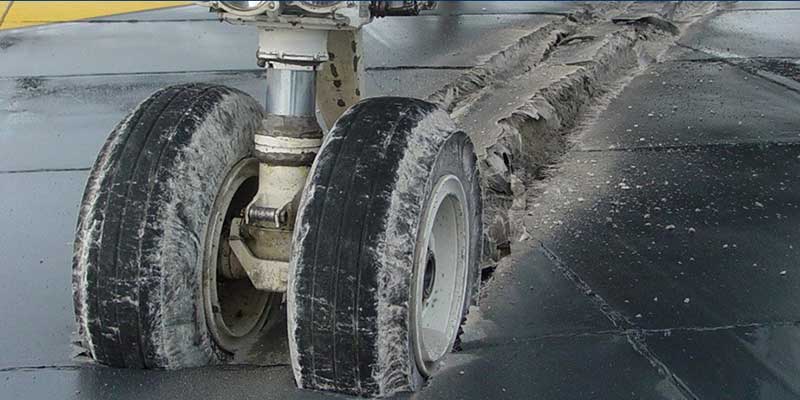- India
- Feb 16
Explainer / EMAS for tabletop runways
• The Supreme Court on February 16 asked the Centre and Director General of Civil Aviation (DGCA) to reply within two weeks to a plea seeking installation of Engineered Materials Arrestor System (EMAS) at airports having tabletop runways to ensure safety of aircraft which overshoot runways or abort take-offs.
• A bench of Chief Justice S.A. Bobde and Justices A.S. Bopanna and V. Ramasubramanian were informed that a reply has not been filed by the respondents which include the Centre and DGCA. The bench asked them to file their responses and posted the matter for further hearing after two weeks.
• The petition, filed by a 85-year-old retired engineer Rajen Mehta, has mentioned accidents of August 7 last year at Calicut International Airport and at Mangalore on May 22, 2010 — both having tabletop runways — to press for EMAS installation.
• A tabletop runway is the one atop a plateau or a hill, with one or both of its ends adjacent to a steep precipice. Pilots require a very precise approach while landings and take-offs on such runways.
What is EMAS?
• The Engineered Materials Arresting System (EMAS) is the most widely employed type of soft ground arrestor system.
• It is a bed of engineered materials built at the end of a runway to reduce severity of consequences to aircrafts overshooting runways or aborting take-offs.
• In 1996, EMAS was first installed in John F Kennedy International Airport, New York.
• This technology arrests aircrafts and prevents loss of life or damage and has already been deployed in over 125 runways across the world.
• The EMAS soft ground arrestor bed is a surface of cellular, aerated concrete blocks that collapse under heavy load. They are able to support the weight of airport and airport rescue and fire fighting vehicles with none to minimal deformation, but collapse under the weight of an aircraft.
• An EMAS bed works by transferring the kinetic energy of the overrunning aircraft into the action of crushing the concrete blocks, creating drag at the leading edge of the wheel and decelerating the aircraft.
• An EMAS bed requires minimal maintenance, with most work involving protection of surface coatings (painting and caulking).
• If an aircraft overruns the runway and is stopped or decelerated by the EMAS bed, the bed can be restored back to its original condition by replacing only the concrete cells that were damaged by the aircraft. This significantly reduces the replacement cost to airport operators following a runway overrun, and minimises the operational impact on that runway for other aircraft movements.
Manorama Yearbook app is now available on Google Play Store and iOS App Store




